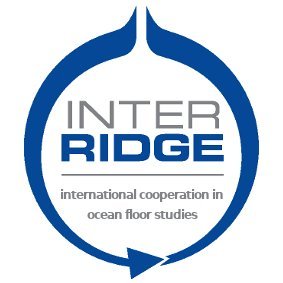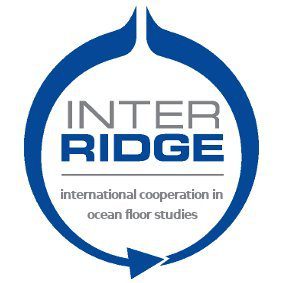InterRidge 2021 Webinar #4
Sulfur isotopes as qualitative and potentially quantitative tracers of past microbial activity (08:00 pm GMT, Thursday December 23rd )
Summary
Sulfur isotope fractionation between sulfate and sulfide has been used as a diagnostic marker for microbial sulfate reduction, which can be recognized in modern aquatic environments and are also preserved in sedimentary rocks over geological time. A wide range of fractionation has attracted particular attention since it may serve as a quantitative indicator of environmental or physiological variables such as specific respiration rates. Microbial sulfur isotope fractionation has been often explored as a single net effect. In theory, however, the magnitude of isotope fractionation depends upon the sulfur isotope effect imparted by the involved enzymes and the relative rate of each enzymatic reaction. The former defines the possible range of fractionation, while the latter responds to environmental stimuli, providing an underlying rationale for the varying fractionations. Recently, the direct assessment of individual intracellular processes emerges as a promising means for the quantitative analysis of isotope fractionation. Sulfur isotopic studies on intracellular metabolites have begun since the development of MC-ICP-MS method for sulfur isotope analysis, and it was in the last decade that the kinetic isotope effects of the enzymes involved were experimentally determined. The analysis of all three isotopic ratios of sulfur have also added a new dimension in modelling the sulfur metabolic network. These recent advances and ongoing efforts will provide a firm empirical basis for a quantitative interpretation of sulfur isotope fractionation.
Main points
- The relative rate of each reaction, tied to intracellular metabolite levels, explains the varying microbial sulfur isotope fractionations.
- The enzyme-specific isotope effects define the possible range of sulfur isotope fractionation.
- Individual intracellular processes shape the patterns of quadruple sulfur isotope fractionation, which can persist for a long time in geologic materials.
Brief information about Dr. Min Sub Sim: Main career and academic interest
Dr. Min Sub Sim completed his Ph.D in the Department of Earth, Atmospheric and Planetary Sciences at Massachusetts Institute of Technology in 2012, and worked as an Agouron Postdoctoral Fellow at Northwestern University and California Institute of Technology. Dr. Sim joined Seoul National University in 2016, where he is currently Associate Professor of Geobiology. His interest lies at the intersection between microbiology and geology, in particular, the geochemical fingerprints of microbial processes in the form of strongly fractionated isotope ratios. His group works on kinetic isotope effects imparted by environmentally-relevant enzymes, sulfur isotopic constraints on the physiology and biochemistry of sulfate reducing prokaryotes, and quadruple sulfur isotope dynamics in hydrothermal vents, ice wedges, and ancient sediments.

